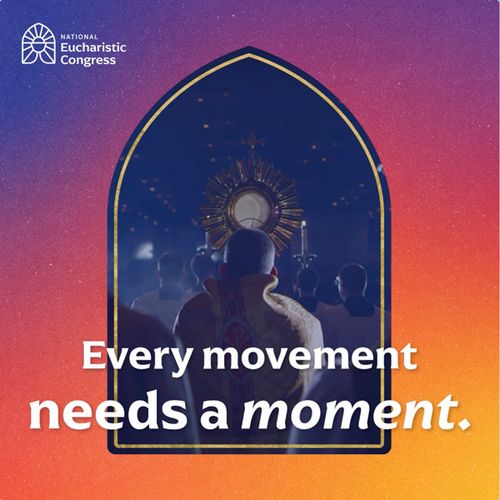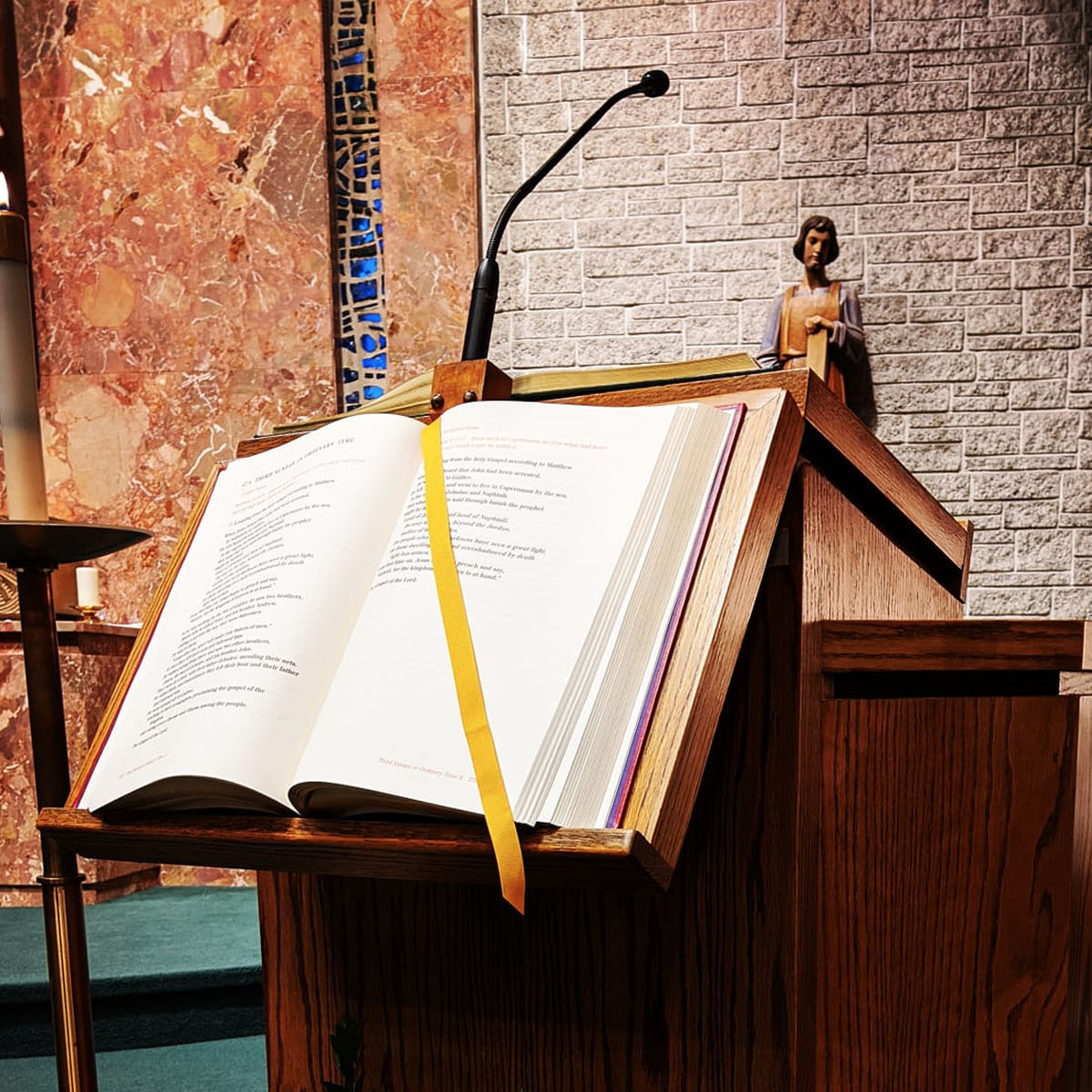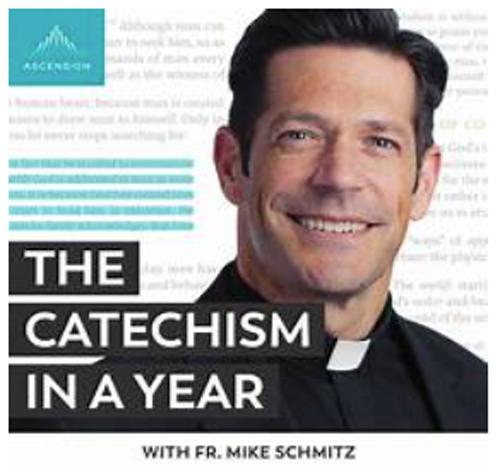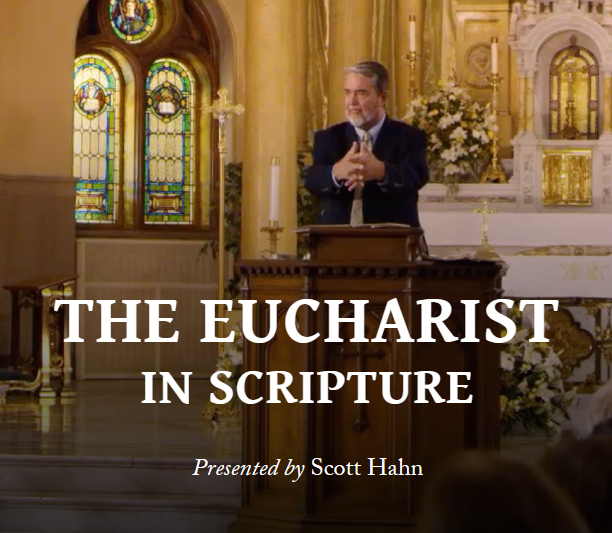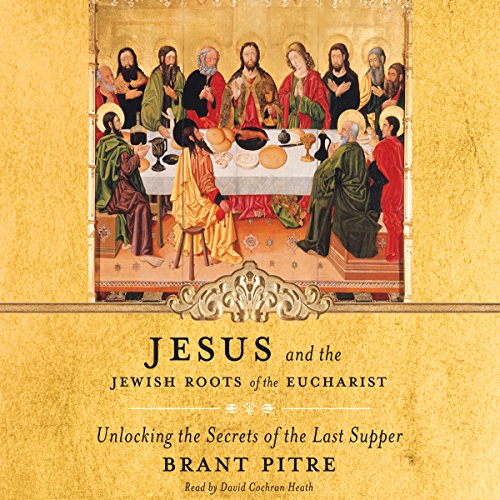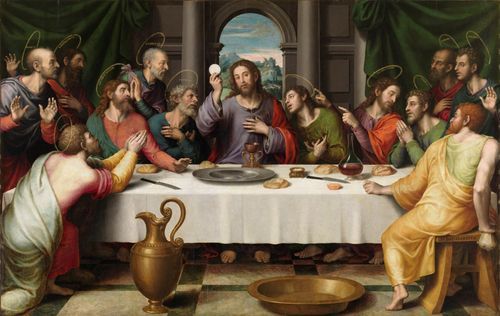
Understanding the Eucharist
The Gospel According to John
Fr Mike Schmitz and the Gospel of John Chapters 4-6
Catechism paragraphs 1322-1327
Watch Video
Catechism paragraphs 1328-1332
Watch video
Catechism paragraphs 1333-1340
Watch Video
Catechism paragraphs 1341-1347
Watch Video
Catechism paragraphs 1348-1355
Watch Video
Catechism paragraphs 1356-1361.
Watch Video
Catechism paragraphs 1362-1386
Watch Video
Catechism paragraphs 1369-1372
Watch Video
Catechism paragraphs 1373-1377
Watch Video
Catechism paragraphs 1378-1383
Watch Video
Catechism paragraphs 1384-1390
Watch Video
Catechism paragraphs 1391-1395
Watch Video
Catechism paragraphs 1396-1401
Watch Video
Catechism paragraphs 1402-1405
Watch Video
Catechism paragraphs 1406-1419
Watch Video
Secrets of the Last Supper
Jesus and the Jewish Roots of the Eucharist shines fresh light on the Last Supper by looking at it through Jewish eyes. Using his in-depth knowledge of the Bible and ancient Judaism, Dr. Brant Pitre answers questions such as:
- What was the Passover like at the time of Jesus?
- What were the Jewish hopes for the Messiah?
- What was Jesus’ purpose in instituting the Eucharist during the feast of Passover?
- And, most important of all, what did Jesus mean when he said, “This is my body… This is my blood”?
To answer these questions, Pitre explores ancient Jewish beliefs about the Passover of the Messiah, the miraculous Manna from heaven, and the mysterious Bread of the Presence.
As he shows, these three keys—the Passover, the Manna, and the Bread of the Presence—have the power to unlock the original meaning of the Eucharistic words of Jesus.
Along the way, Pitre also explains how Jesus united the Last Supper to his death on Good Friday and his Resurrection on Easter Sunday.
Inspiring and informative, Jesus and the Jewish Roots of the Eucharist is a groundbreaking work that is sure to illuminate one of the greatest mysteries of the Christian faith: the mystery of Jesus’ presence in “the breaking of the bread.”

